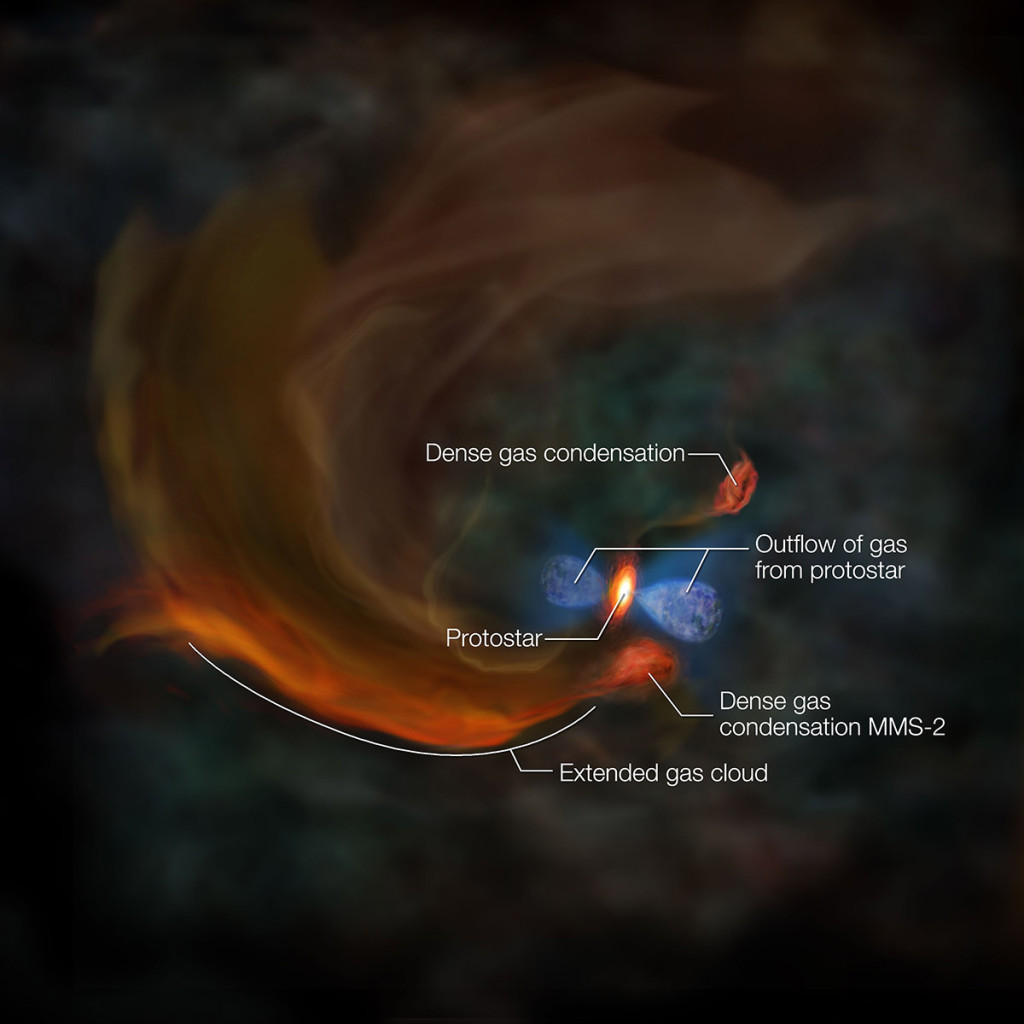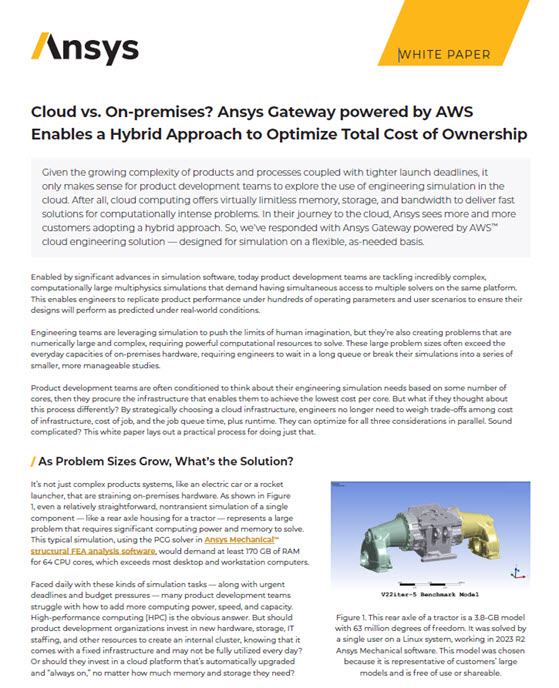This video from the Alma telescope shows a computer simulation of multiple star formation in turbulence. Powered by Fujitsu, the purpose-built Atacama Compact Array (ACA) Correlator supercomputer system process images from the array, which was constructed on the Chajnantor plateau in the Andes at 5,000 meters altitude in Chile.
A research team led by Kazuki Tokuda and Toshikazu Onishi at Osaka Prefecture University conducted ALMA observations of a high-density gas cloud called MC27/L1521F in the constellation Taurus. From past observation results, it was confirmed that MC27 has a new-born star. And by this observation the research team found a new starless high-density core, which is considered to be very close to the initial stage of star formation, right next to the new-born star. Also, the research team detected an extended gas cloud around MC27 which is assumed to be formed by dynamic gravitational interaction of two or more gas cores. Such dynamical kinematics of star formation which was newly found by this observation will be a key factor in understanding star formation process starting from gas clouds.
Read the Full Story.
This video describes the ALMA correlator, which has over 134 million processors and performs up to 17 quadrillion operations per second, a speed comparable to the fastest general-purpose supercomputer in operation today.





